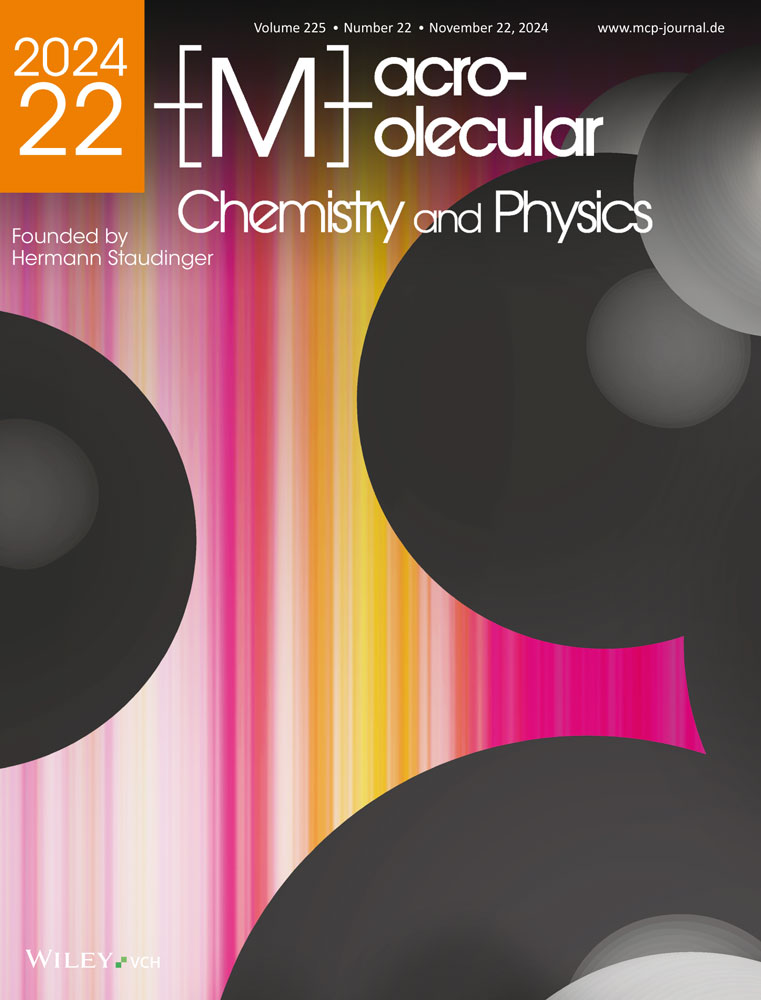玻璃纤维增强环氧基复合材料的新途径:可见光激活自由基诱导阳离子正面聚合
IF 2.5
4区 化学
Q3 POLYMER SCIENCE
引用次数: 0
摘要
本研究提出了一种新型的自由基诱导阳离子正面聚合(RICFP)概念,它能够通过可见光照射在室温下快速固化。首先,根据厚度、硬度、固化速度以及使用傅立叶变换红外光谱(FT-IR)、数显分析(DSC)、热重分析(TGA)和挠曲试验方法测定的机械性能,确定了在可见光照射下最有效固化的最佳配方。随后,采用优化配方和不同形式的玻璃纤维(短纤毡和双轴),通过手糊技术制造玻璃纤维增强复合材料,说明了该方法的可行性。根据相关国际标准对所获得复合材料的机械性能(包括弯曲、拉伸和剪切测试)进行了测试,并与采用传统方法用胺基固化剂热固化的参考复合材料进行了比较。本文章由计算机程序翻译,如有差异,请以英文原文为准。
A Novel Route to Glass Fiber‐Reinforced Epoxy Matrix Composites: Visible Light Activated Radical Induced Cationic Frontal Polymerization
In the current study, a novel radical‐induced cationic frontal polymerization (RICFP) concept capable of rapid curing at room temperature via visible light irradiation is represented. Initially, the optimal formulation, which can be most effectively cured with visible light irradiation, is determined based on thickness, hardness, curing speed, and mechanical properties using FT‐IR, DSC, TGA, and flexural test methods. Subsequently, the viability of the method is illustrated by fabricating glass fiber‐reinforced composites through the hand lay‐up technique, employing the optimized formulation and glass fibers in various forms (chopped strand mat and biaxial). Mechanical properties of the obtained composites, including bending, tensile, and shear tests, are carried out according to relevant international standards and compared with reference composites thermally cured with amine‐based hardener by conventional method.
求助全文
通过发布文献求助,成功后即可免费获取论文全文。
去求助
来源期刊

Macromolecular Chemistry and Physics
化学-高分子科学
CiteScore
4.30
自引率
4.00%
发文量
278
审稿时长
1.4 months
期刊介绍:
Macromolecular Chemistry and Physics publishes in all areas of polymer science - from chemistry, physical chemistry, and physics of polymers to polymers in materials science. Beside an attractive mixture of high-quality Full Papers, Trends, and Highlights, the journal offers a unique article type dedicated to young scientists – Talent.
 求助内容:
求助内容: 应助结果提醒方式:
应助结果提醒方式:


